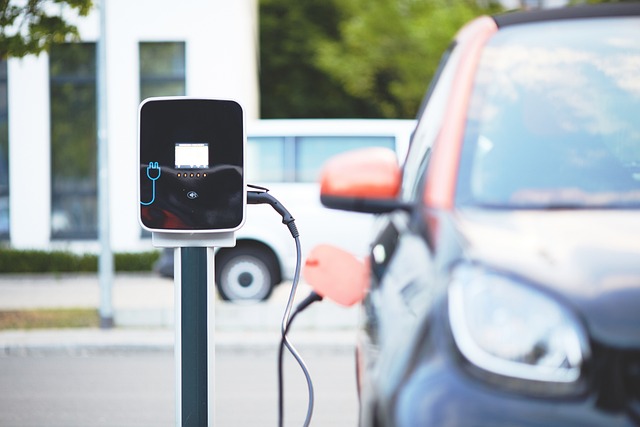Electrification Strategies for Commercial Fleets: Planning the Transition
Transitioning a commercial fleet to electric vehicles requires strategic planning across operations, infrastructure, and technology. This article outlines practical steps for fleet managers to assess readiness, design charging infrastructure, integrate telematics and connectivity, and manage battery health and cybersecurity risks while pursuing sustainability goals.

Electrifying a commercial fleet is a multi-dimensional project that touches procurement, operations, facilities, and IT. Successful transitions begin with data-driven decisions: understanding real-world vehicle usage, charging needs, and how electric powertrains change maintenance and operational workflows. Organizations must balance capital expenditures for vehicles and chargers against operational savings from reduced fuel and maintenance, while addressing new requirements for connectivity, cybersecurity, and staff training. Planning should include phased pilots, clear KPIs tied to emissions and uptime, and collaboration with energy providers and vendors to ensure grid readiness and future-proofed infrastructure.
How can telematics support the transition?
Telematics supplies the empirical basis for electrification by tracking duty cycles, daily mileage, idle time, and energy consumption patterns. With robust telematics and mobility data, fleet managers can segment assets by suitability for electrification, identify vehicles that rarely exceed available EV ranges, and spot routes that demand fast charging. This data feeds route optimization and charging schedules, reducing range anxiety and maximizing vehicle uptime. Telematics also enables integration with fleet management platforms to monitor state-of-charge, charging sessions, and over-the-air update status for vehicle software.
What should an electrification roadmap include?
A practical electrification roadmap begins with a fleet audit and a total cost of ownership model that includes energy costs, charging infrastructure, maintenance differentials, and residual values. Define short-, medium-, and long-term milestones for vehicle replacement, infrastructure deployments, and training. Pilot projects should validate assumptions for specific vehicle classes under real duty cycles. Include regulatory compliance, sustainability targets, and KPIs such as emissions reductions, vehicle availability, and cost per mile. Engage finance, operations, and procurement early to align procurement timetables with infrastructure readiness.
How to plan EV charging infrastructure?
Design EV charging around operational needs: overnight depot charging typically favors AC level 2 chargers for cost-effective replenishment, while on-route or quick-turn operations may require DC fast charging. Use telematics-derived demand profiles to size chargers and determine optimal locations. Consider electrical service upgrades, permitting, and load management systems to mitigate peak demand charges. Smart charging and schedule-aware systems can shift loads to off-peak rates and coordinate with route optimization tools to ensure vehicles charge when idle. Integrate charger telemetry with fleet management systems for centralized monitoring and billing.
How do ADAS and safety systems fit with electrification?
Advanced driver-assistance systems (ADAS) remain essential as fleets shift to EVs. ADAS reduces accident rates and helps protect higher-value electric assets. Ensure ADAS sensors and firmware are fully compatible with EV architectures and that calibration routines are part of regular maintenance. Data from ADAS can be combined with telematics for driver coaching and risk scoring, improving safety outcomes and lowering repair costs. Maintaining consistent safety performance across different powertrains supports reliable operations and preserves fleet uptime.
How to address cybersecurity, connectivity, and predictive maintenance?
Electrified fleets increase reliance on connected systems: vehicle telematics, charging stations, and backend platforms. Implement layered cybersecurity controls, such as endpoint security for vehicle units, encrypted communications, identity and access management for fleet portals, and secure over-the-air update processes. Monitor mobility data streams for anomalies that could indicate breaches. For predictive maintenance, leverage AI models that analyze telematics and battery health indicators to forecast component wear and battery degradation. Predictive insights enable scheduled interventions, reduce unexpected downtime, and extend asset lifecycles through optimized charging and maintenance strategies.
Conclusion
Transitioning commercial fleets to electric vehicles requires aligning data, infrastructure, and organizational processes. Telematics and mobility data guide vehicle selection and charging strategies, while ADAS, connectivity, and cybersecurity protect operational continuity. Predictive maintenance and battery health monitoring help maximize uptime and asset value. A phased, metrics-driven approach with stakeholder alignment and attention to grid and charging readiness positions fleets to capture emissions and efficiency improvements over the long term.




